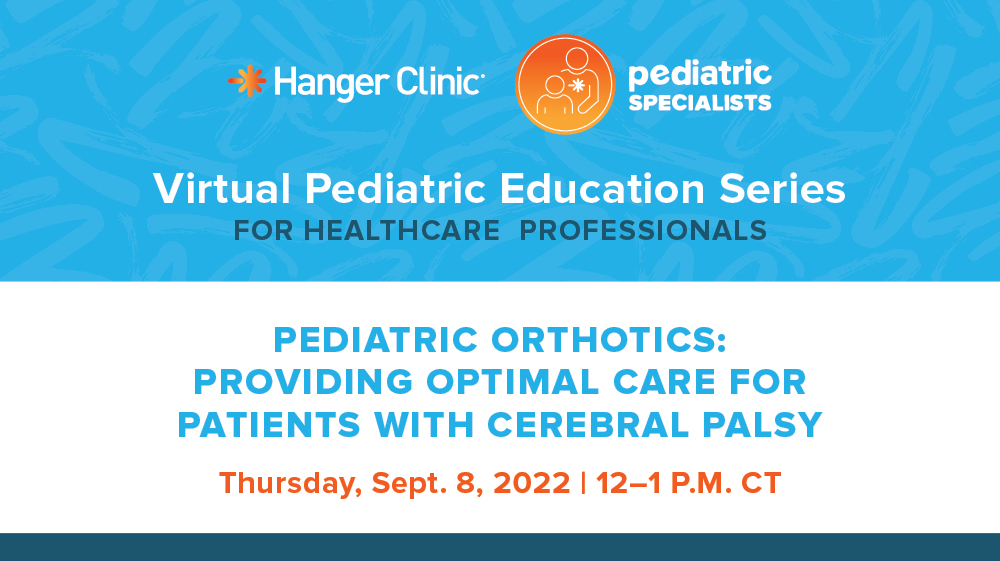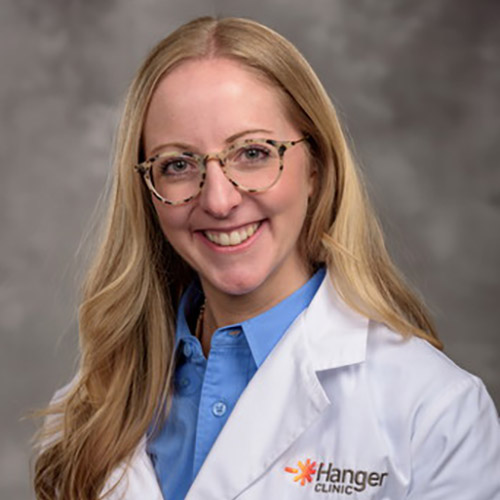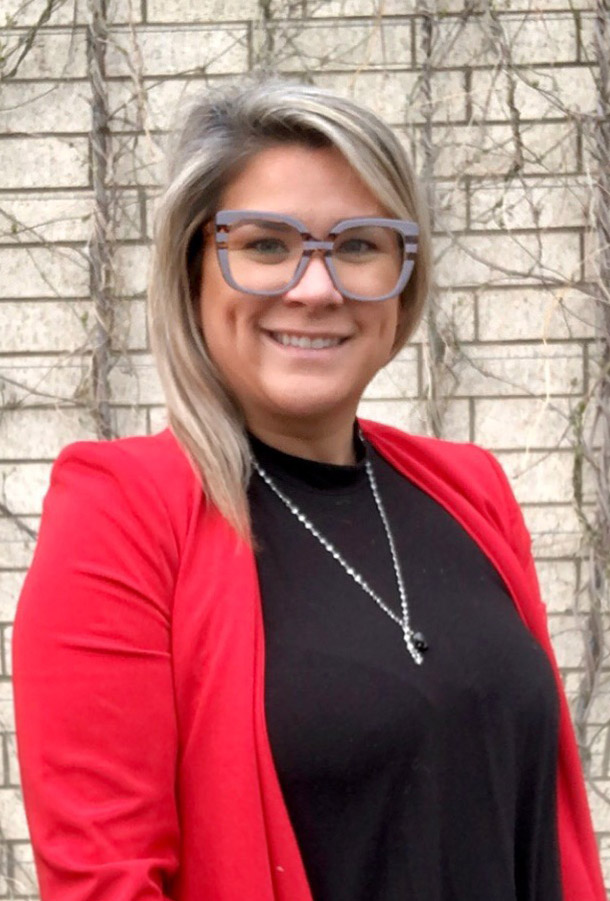Pediatric Orthotics: Providing Optimal Care for Patients with Cerebral Palsy

Date and Time
Location
Virtual Event
Course Level: Introductory
Target Audience: PT, OT, RN, CM, and others providing care for pediatric patients requiring prosthetic care (CE); MD (non-CE)
CE Contact Hours: 1 hour (60 Minutes)
Overview
Cerebral Palsy (CP) is the most common motor disability in childhood. It is a condition caused by damage to the developing brain and affects a person’s ability to control his or her muscles. The symptoms of cerebral palsy vary from person to person, and orthotic devices (braces) are used with children to assist or control movement.
For this session, we cover a basic overview of cerebral palsy, sample treatment plans, and how to set up optimal goals for each individual patient. We will also provide healthcare teams with the understanding of how to translate a prescription into an orthotic intervention while providing insights into Rx interpretation, design, fabrication, and fitting of the lower limb orthoses.
Objectives
Upon completion of this program, participants should be able to:
- List the patient evaluation process for children with CP and lower limb orthotic intervention
- Set expectations and make key decisions for optimal rehabilitation plans
- Describe the casting, fabrication, fitting, and tuning process
- Analyze cases and propose optimal care plans based on patient presentation
Moderator

Shannon O’Shea, CPO
Area Clinic Manager and National Clinical Specialist, Pediatrics
Shannon is a Kansas City-based Clinician, Area Clinic Manager and National Clinical Specialist, Pediatrics. She provides orthotic care to children with a wide variety of diagnoses.
Presenters

Gwen Blunk Ansier, CO
ABC-Certified Orthotist
Gwen is an ABC-certified orthotist and pediatric specialist for Hanger Clinic in Westchester, Illinois. With more than 15 years of experience, Gwen specializes in pediatric lower extremity orthoses and is skilled in the orthotic management of cerebral palsy and multiple pediatric conditions.

Tom DiBello, L/CO, FAAOP
Director, Clinical & Scientific Affairs
Tom is a clinical research orthotist and a practicing orthotist at Hanger Clinic, currently serving as Director, Clinical & Scientific Affairs. Tom has been actively practicing for over 40 years, and his primary interest is in the management of patients with lower limb disability and weakness.
Explore Future Event Offerings
Join Hanger Clinic Pediatric Specialists from around the country to continue learning about orthotic and prosthetic solutions for your pediatric patients.
Related Events

January 13 – 15, 2026
Amputee Coalition National Conference 2026
Hanger Clinic is proud to partner with the Amputee Coalition and is excited to participate in their 2026 National Conference in Las Vegas. Celebrating its 40th anniversary, the event embraces the theme of “Celebrating Connection” and offers people living with limb loss and limb difference the opportunity to connect, explore the latest prosthetic technology, and […]